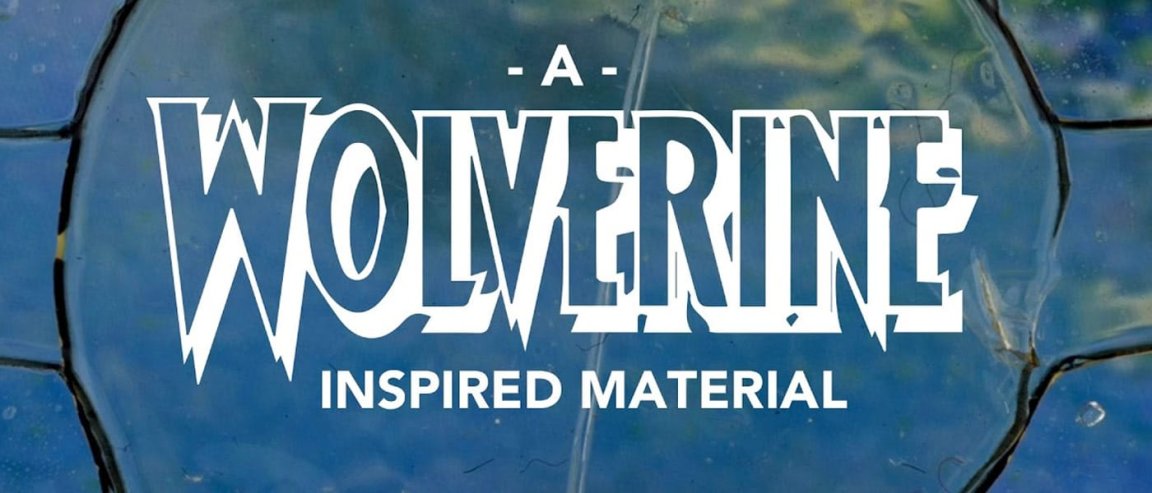
MUTANT MATERIAL?
Scientists have managed to create a unique material that, they claim, is able to do what no other material can—act as an ionic conductor and at the same time, heal itself. The group of researchers from the University of California, Riverside and University of Colorado have published their findings in Advanced Materials.
The substance they produced is low-cost, transparent, and highly elastic—able to withstand being stretched up to 50 times its original length without loss of function. It’s also very resilient. After being cut, it could repair itself completely within 24 hours at room temperature. In fact, when the severed ends are placed beside one another, the material quickly reattaches them after only five minutes—leading some to compare the fantastic new material to the superhuman regenerative powers of the X-Men’s Wolverine.
But we’ve seen self-healing materials before. What’s amazing about this offering is that it’s able to conduct electricity through the flow of ions. Usually, reactions like that weaken the integrity of the bonds that hold together self-healing polymers.
“Creating a material with all these properties has been a puzzle for years,” said UC Riverside’s Chao Wang, one of the authors of the study.
To synthesize the material, the team took advantage of ion-dipole forces. By combining a polar, elastic polymer with a strongly ionic salt, they were able to create a material with bonds that do not degrade when exposed to electricity.

REGENERATIVE ELECTRONICS
Given its combination of properties, the Wolverine-inspired material was tested to power a dielectric elastomer actuator—in other words, to see if it was capable of performing as an artificial muscle. Artificial muscles, of course, are materials that respond to external electrical, physical, or thermal stimuli by expansion, contraction, or rotation.
The artificial muscle was composed of two layers of the synthesized material, with another transparent, non-conductive polymer membrane in between. Electrical signals were sent as stimuli, to which the artificial muscle responded accordingly. Further, certain areas of the artificial muscle were bisected. Stunningly, the layers healed themselves without external prompting, and without loss of function, much like how wounds naturally close up.
Wang sees immense promise in the teams’ creation, “[w]e…are just beginning to explore the applications.”

The team also believes that this new material could be used to improve batteries, electronic devices, and robots. For instance: robots could heal themselves after suffering mechanical failure; lithium ion batteries used in electronics and electric cars could have greatly extended lifespans; and biosensors for environmental monitoring and medical use could also be highly improved.
Though refinement of the material is still in its early stages, it already suggests a plethora of applications in electronics, especially in making fragile components more durable and resilient.